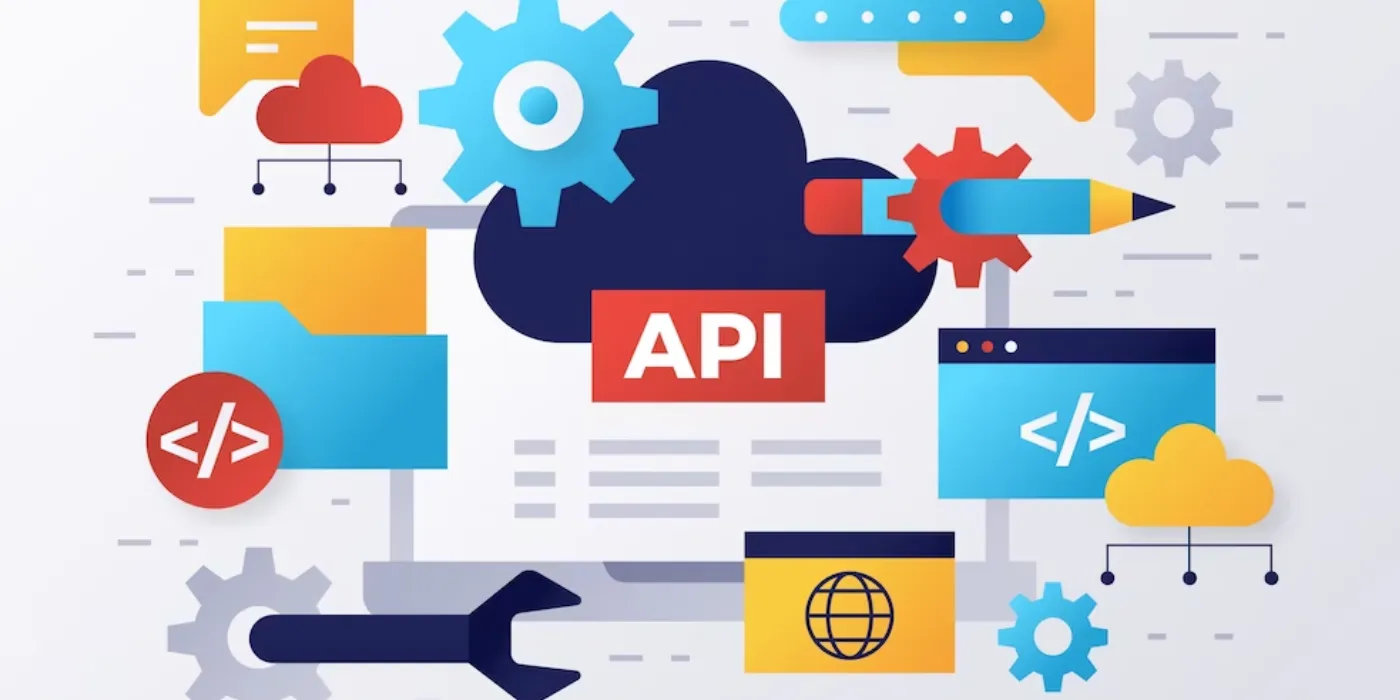In our rapidly evolving digital landscape, the interconnectedness of systems and applications is more pronounced than ever before. As businesses and organizations leverage various technologies to deliver services and data to users, the reliability of Application Programming Interfaces (APIs) has become paramount. In this article, we will explore the concept of API health check and delve into the compelling reasons why you should incorporate them into your digital infrastructure.
What is an API Health Check?
Before we dive into the reasons to use API health checks, let’s establish what they are. An API health check is a systematic process that assesses the operational status and functionality of an API. It involves sending requests to the API at regular intervals and analyzing the responses to determine if the API is operating as expected. Think of it as a health checkup for your digital systems.

In an era where businesses rely heavily on digital interactions, any disruption or downtime can have significant repercussions. From e-commerce platforms to mobile apps and IoT devices, APIs serve as the bridge that enables seamless communication between different components of a system. Therefore, ensuring the reliability of these APIs is crucial to maintaining a positive user experience.
Enhancing System Stability
Many modern applications rely on third-party APIs to access external data or services. These dependencies introduce an element of unpredictability. An API health check helps in ensuring that these external services are available and functioning correctly, preventing disruptions to your application’s core functionality.
Downtime can be costly, both in terms of revenue and reputation. By continuously monitoring the health of your APIs, you can identify potential issues early and take proactive measures to address them. This preventive approach goes a long way in minimizing downtime and keeping your systems running smoothly.
Monitoring Performance Metrics
API health checks provide real-time insights into the performance of your APIs. You can gather data on response times, throughput, and error rates. This data is invaluable for making informed decisions about resource allocation and optimization.
Response times and error rates are critical performance metrics. High response times can lead to frustrated users, while elevated error rates indicate issues that need immediate attention. API health checks enable you to monitor these metrics closely, allowing for swift corrective actions when necessary.
Proactive Issue Detection
One of the most significant advantages of API health checks is their ability to detect problems before they become apparent to users. By continuously assessing the health of your APIs, you can uncover issues in their early stages and resolve them proactively. This proactive approach prevents user-facing disruptions and maintains a positive user experience.
Addressing issues before they escalate not only prevents downtime but also reduces the strain on your support and engineering teams. It’s a proactive approach that saves time, resources, and, most importantly, your users’ trust.
Scalability and Load Management
As your application grows, so does the demand on your APIs. API health checks play a crucial role in managing increased traffic and loads. They can help you identify bottlenecks and resource constraints, allowing for effective scaling to meet growing demands.
Scalability is a key factor in ensuring the performance and availability of your APIs. API health checks provide the data needed to make informed decisions about resource allocation, enabling you to scale up or down as required.
Security and Data Integrity
Security is a top concern in today’s digital landscape. API health checks can help you monitor the security of your APIs by ensuring that authentication mechanisms are functioning correctly and that there are no unauthorized access attempts. This proactive approach can help safeguard your sensitive data from potential breaches.
Data integrity is another critical aspect of API operations. API health checks can verify that data transactions and transformations occur as expected, ensuring the consistency and integrity of your data throughout the system.
To make use of it, you must first:
- Go to Uptimeapicloud and simply click on the button “Start monitoring with 30-day Free Trial” to start using the API.
- After signing up in Uptimeapicloud, you’ll be given your personal Trail. Click on the Monitors option.
- Click on the New Monitor button and add the API details with the API name and URL.
- Once you are done, make the API call by pressing the button “Create” and see the results on your screen.
Here’s the Example:
Conclusion
In conclusion, API health checks are a fundamental tool for maintaining a robust and reliable digital ecosystem. They enhance system stability, provide valuable insights into performance, enable proactive issue detection and resolution, support scalability, and bolster security and data integrity. By incorporating API health checks into your infrastructure, you can ensure that your digital services operate smoothly, minimizing downtime and delivering an exceptional user experience.

